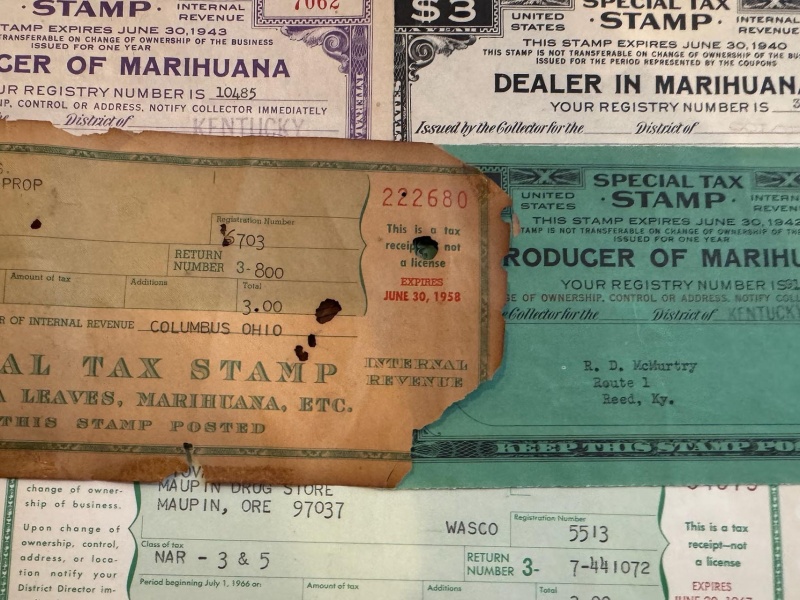
Unravel the events that lead to the decline in hemp. America was built on a foundation of hemp, grown by the earliest explorers and settlers. Hemp was used for ropes, twine, nets, canvas for sails, tents, and wagon covers. Communities were built around hemp in places like Hempstead, Hemphill, and Hampton. Industries like ropemaking and canvas textile mills created economies for farmers and other industries like shipbuilding in Boston or making Conestoga Wagons in Lancaster, PA.
After the Civil War, labor was not so cheap, the labor pool that had brought wealth to the southern states was on the move, heading north seeking the promise of jobs and it was hard to keep skilled workers doing the hard work in the hemp fields and ropewalks. Exotic bast fibers such as jute and Manila hemp were introduced from the Philippines, India, Africa. Manila hemp and even hemp from Russia was cheaper to produce and import than American grown hemp.
Advances in technology were changing the landscape. Wagon trains were replaced by steam engines and the intercontinental railroad. Sailing ships made way for steam ships, and ropes were replaced by steel cables, and eventually DuPont’s new invention, nylon.
Hemp was touted as a billion-dollar crop in 1936.

